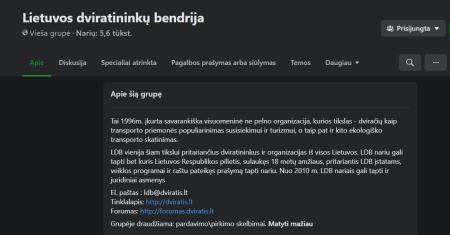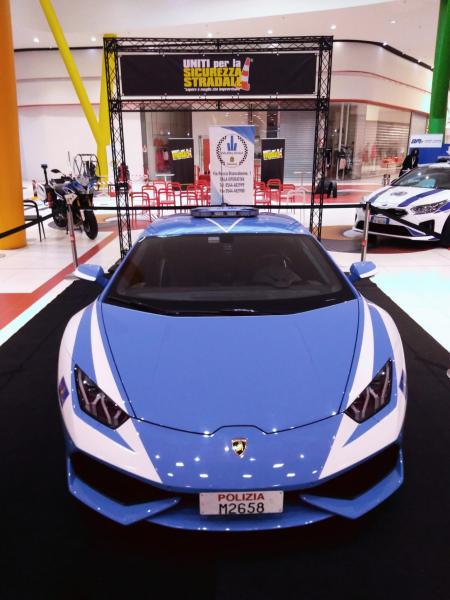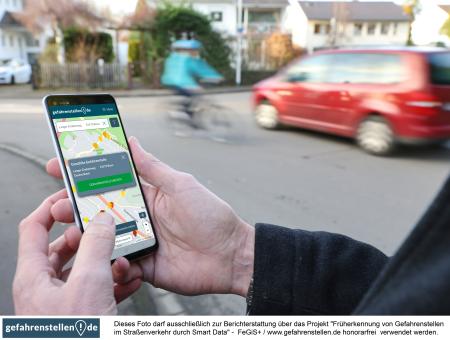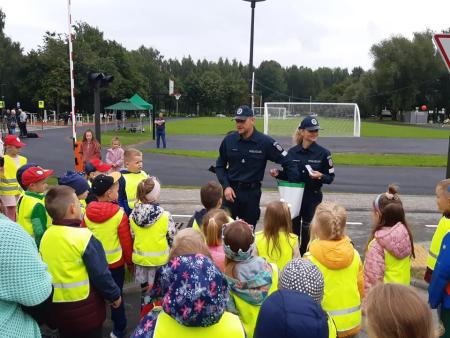Our members are dedicated to improving road safety and sharing their knowledge with the wider community. Here, you can explore our members' good practices – initiatives that have been assessed for their effectiveness in addressing a road safety problem and have proven results.
Get inspired – and sign up to share your good practices too!

to
Automobilių vairuotojų ir dviratininkų savitarpio pagarbos ir kultūros stoka. Reikalavimų neatitinkanti ir nesaugi dviratininkų infrastruktūra. Saugių dviračių takų jungčių miestuose trūkumas. Infrastruktūros projektuotojų ir politikų kompetencijų stoka.

to
Sensibilizzare, soprattutto i più giovani, all'importanza dell'attenzione alla guida e della consapevolezza dei rischi che si corrono sulle strade. Non basta sapere guidare bene, è indispensabile non distrarsi, specie usando lo smartphone e conoscere le dinamiche del'auto.

to
In today’s digital age, more and more data is collected every day in the field of transportation. Still, authorities solely rely on historical traffic accident data to detect black spots. This leads to the shortcoming that accidents must happen before measures are taken. Additionally, in relation to a specific location on the traffic network, traffic accidents are rare events. Thus, for credibly evaluating the safety of a road element, several years of traffic accident data are needed. As a result, road users are put at an unnecessary risk if measurements are taken too late. There is therefore an urgent need to take new paths in the field of road safety analysis. Our EDDA+ road hazard map detects potential dangers in road traffic at an early stage by combining existing safety-relevant data with new data sources.

to
In 2008, several fatal accidents involving teenagers on bicycles occurred in our region. Parents' associations of secondary schools sat down around the table to think about a solution together. Studies showed that young people are very often involved in bicycle accidents. The cause is often “not being seen” in the dark. Most primary school children are required to wear a fluorescent jacket in our region. Young people in secondary school don't like wearing fluorescent jackets. They are laughed at by their schoolmates. Imposing an obligation is not possible.
XIU (volunteers organisation) looked for other solutions to tackle this problem in a way that would make it easier for them to do so.
XIU (volunteers organisation) looked for other solutions to tackle this problem in a way that would make it easier for them to do so.

Vaikai kiekvieną dieną susiduria su eismu keliuose. Deja, eismo nelaimių, kuriose nukenčia vaikai, nepavyksta išvengti. Eismo saugumo įgūdžių ugdymas ikimokykliniame, ankstyvajame mokykliniame ir vyresniame amžiuje neišvengiama būtinybė. Tačiau eismo įgūdžiai nesuformuojami per vieną dieną. Mokyklos tikslas - ugdyti vaikų saugaus elgesio kelyje sampratą ir įgūdžius. Padėti vaikui įgyti jo amžių ir patirtį atitinkančias saugaus elgesio kelyje žinias bei ugdyti nuostatą būti atsakingiems už savo elgesį, veiksmus ir pasekmes kelyje. Mokykloje vykdomi edukaciniai užsiėmimai, renginiai, projektai, dviratininkų stovyklos, neformalaus ugdymo popamokiniai užsiėmimai bei akcijos saugaus eismo tema. Vaikai, šiandieną būdami atsakingi pėstieji ir keleiviai, ateityje taps rūpestingais ir kultūringais vairuotojais. Mokyklos veiklos rezultatas mažėjantis žuvusiųjų ir sužeistų vaikų skaičius Kauno mieste.